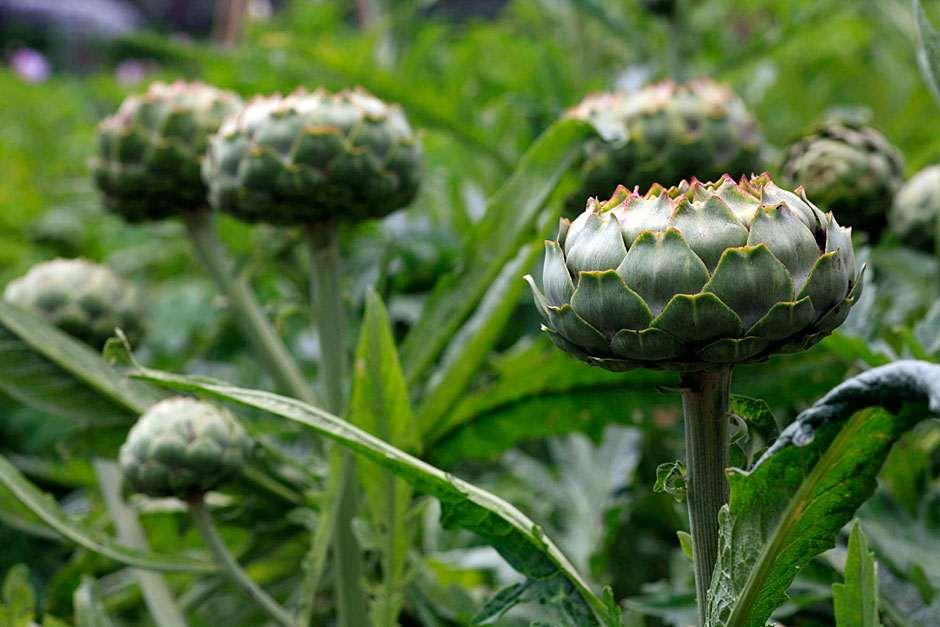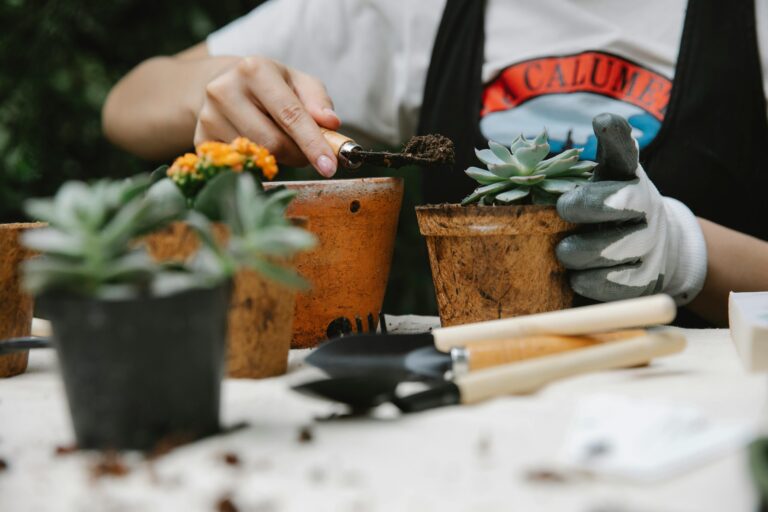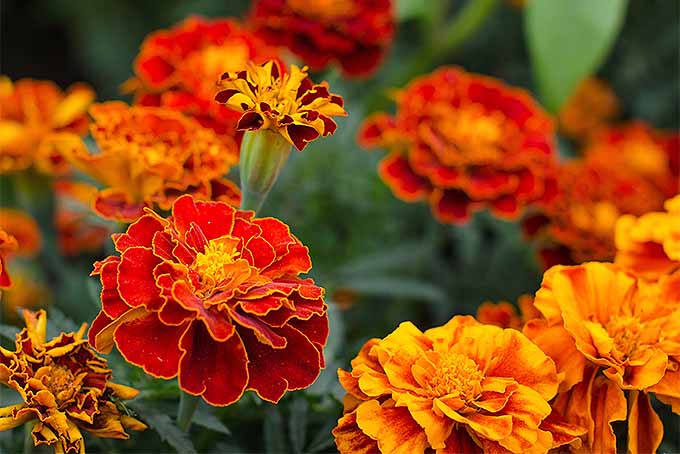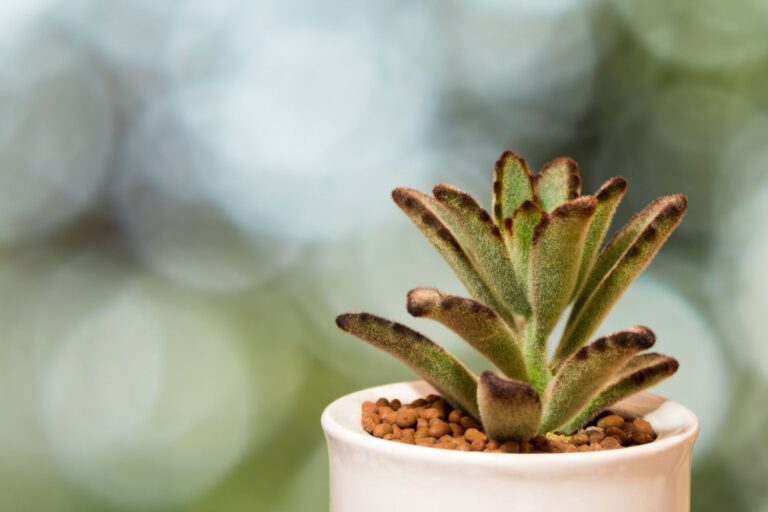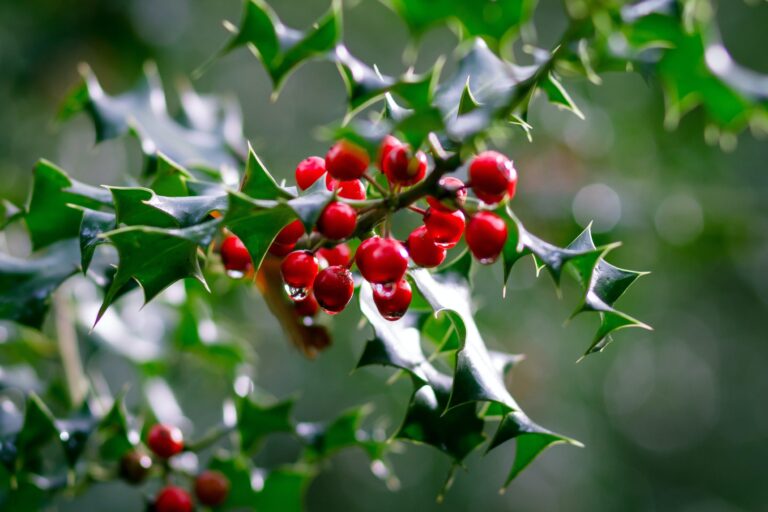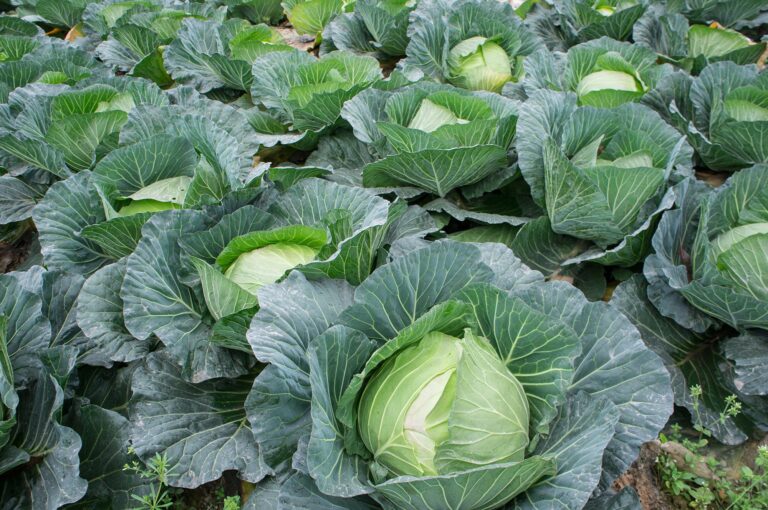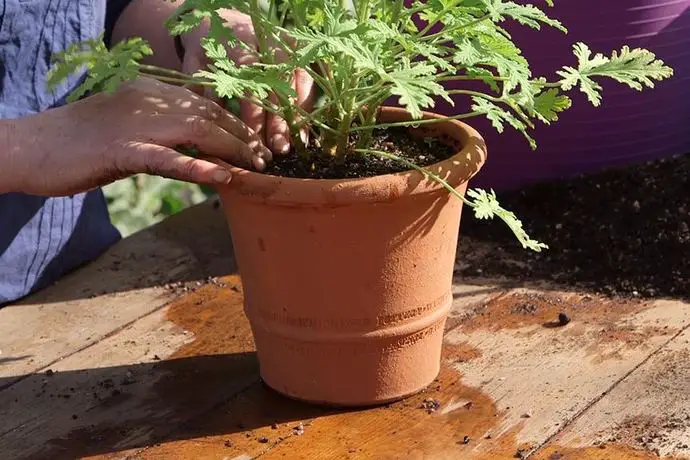Cultivating Artichokes: A Spiky Delight in the Garden
Table of Contents
How to Choose the Right Variety of Artichokes for Your Garden
When selecting the right variety of artichokes for your garden, it’s important to consider both the growing conditions in your area and your personal preferences. Some popular varieties include ‘Green Globe,’ ‘Imperial Star,’ ‘Purple of Romagna,’ and ‘Violetta di Chioggia.’ Each variety has its own unique characteristics in terms of flavor, size, and growing requirements. Green Globe, for example, is known for its large and flavorful buds, while Violetta di Chioggia offers a striking purple color.
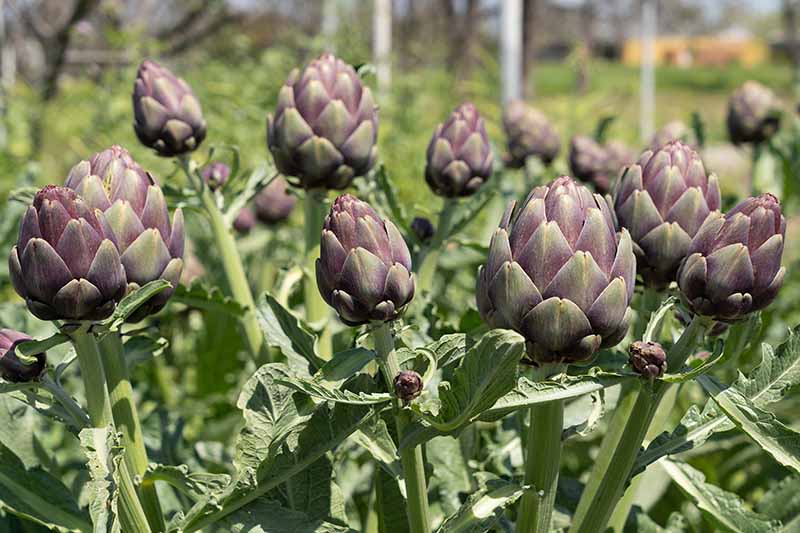
Additionally, when choosing an artichoke variety, pay attention to the days to maturity, which can range from 90 to 150 days depending on the cultivar. Consider factors such as your climate, available growing season, and desired harvest time. Some varieties may be more suited to cooler climates, while others thrive in warmer regions. By selecting the right artichoke variety for your garden, you can ensure a successful and bountiful harvest of this unique and nutritious vegetable.
Preparing the Soil for Growing Artichokes
To set the stage for successful artichoke growth in your garden, proper soil preparation is crucial. Artichokes thrive in well-draining soil with a pH level between 6.0 and 7.0. Conduct a soil test to determine the current pH level and make amendments as necessary to achieve the ideal range for artichoke cultivation. Incorporating organic matter, such as compost or well-rotted manure, will enrich the soil with essential nutrients and improve its structure, promoting healthy root development and overall plant growth.
In addition to addressing pH levels and enriching the soil with organic matter, it’s important to ensure adequate soil fertility for artichoke plants. Before planting, consider adding a balanced fertilizer with a higher concentration of phosphorus, as this nutrient plays a vital role in promoting strong root development and early growth. Mixing in a slow-release fertilizer will provide a steady supply of nutrients to the plants throughout the growing season, supporting their nutrient requirements for optimal production of artichokes.
Planting Artichoke Seeds vs. Transplants: Which is Better?
Planting artichokes can be done either through seeds or transplants, and each method has its own set of advantages and considerations. Starting artichokes from seeds allows for a wider choice of varieties and is generally more cost-effective. However, it can be a longer and more delicate process compared to using transplants. Seeds need to be sown indoors under controlled conditions before being transplanted into the garden once the weather is warm enough. This can be a rewarding experience for patient gardeners looking to experiment with different artichoke varieties and enjoy the entire growth cycle from start to finish.
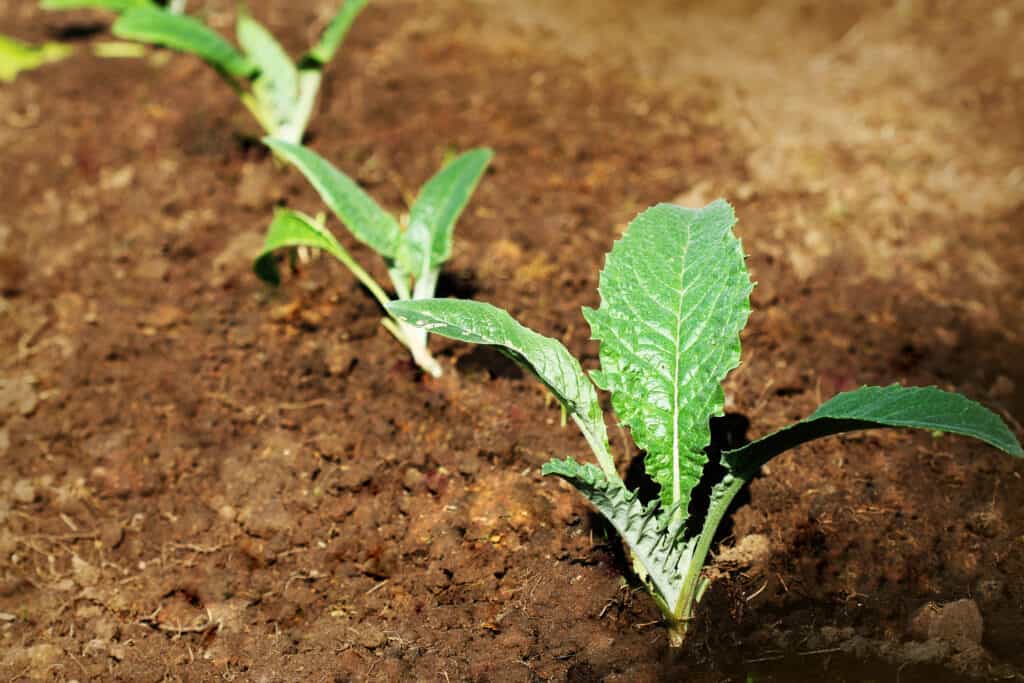
On the other hand, planting artichoke transplants offers a more straightforward option for gardeners who prefer a quicker start to their artichoke growing journey. Transplants are already established plants that can be directly planted into the garden, skipping the germination and early growth stages. This method can save time and effort, providing a head start in the growth process and potentially leading to earlier harvests. When choosing between seeds and transplants, it’s important to consider your gardening goals, experience level, and available resources to determine which approach suits your needs best.
The Best Location in Your Garden to Grow Artichokes
Artichokes thrive in sunny locations with well-draining soil. Choose a spot in your garden that receives full sunlight for at least 6-8 hours a day. The ideal soil for artichokes is rich in organic matter, with a pH level between 6.0 and 7.0. When selecting the location, consider factors such as wind exposure and protection from frost, as artichoke plants can be sensitive to extreme weather conditions. By providing the right conditions, you can ensure healthy growth and abundant harvest of artichokes in your garden.
Another important factor to consider when choosing the perfect location for growing artichokes is spacing. Artichoke plants can grow quite large, with a mature plant spanning up to 4 feet in diameter. Ensure that there is enough space between plants, typically 3-4 feet apart, to allow for proper growth and airflow. Adequate spacing not only promotes healthier plants but also reduces the risk of diseases and pests. Additionally, planting artichokes away from competing vegetation will help the plants access nutrients and water more efficiently, leading to robust and productive growth.
Watering and Fertilizing Tips for Healthy Artichoke Plants
To ensure that your artichoke plants thrive and produce a bountiful harvest, it is essential to establish a consistent watering schedule. Artichokes necessitate regular watering, particularly during the growing season when the plants are actively developing. Ideally, water artichoke plants deeply, providing approximately 1-2 inches of water per week, either through rainfall or irrigation. These waterings should be spaced out to allow the soil to dry slightly between each session. Overwatering can lead to root rot, while underwatering can result in stunted growth and poor fruit development. Monitoring the moisture levels in the soil and adjusting your watering routine accordingly can help maintain healthy artichoke plants.
In addition to adequate watering, artichoke plants require proper fertilization to support their growth and productivity. Before planting, it is beneficial to incorporate well-aged compost or organic matter into the soil to provide essential nutrients. As the plants grow, consider applying a balanced fertilizer with higher nitrogen levels to promote foliage growth. However, once the artichokes begin to form buds, transition to a fertilizer with higher phosphorus content to encourage flowering and fruit production. Regularly monitor the nutrient levels in the soil and adjust your fertilization regimen as needed to meet the specific needs of your artichoke plants throughout their growing cycle.
Managing Pests and Diseases in Your Artichoke Garden
When it comes to managing pests and diseases in your artichoke garden, prevention is key. Implementing good gardening practices such as proper spacing between plants, adequate air circulation, and regular inspection for any signs of pests or diseases can help keep your artichoke plants healthy. Additionally, keeping the garden area clean from debris and weeds can discourage pests from taking up residence.
Should you encounter any pests or diseases in your artichoke garden, it’s important to identify them accurately before considering treatment options. Common pests that can affect artichokes include aphids, snails, and slugs, while diseases like powdery mildew and gray mold can also pose a threat. Utilizing organic solutions like neem oil or insecticidal soap can help combat pests, while proper watering practices and applying fungicides can address certain diseases. Remember to always follow instructions on product labels and consider consulting with a local gardening expert for specific recommendations based on your region.
The table below shows how we can manage the common pests and diseases in the artichoke garden:
| Pest/Disease | Description | Preventive Measure |
|---|---|---|
| Aphids | Small, soft-bodied insects that feed on plant sap. | Regularly inspect plants for signs of aphids. |
| Slugs and Snails | Slimy pests that feed on plant leaves and stems. | Use copper barriers around plants to deter slugs and snails. |
| Artichoke Plume Moth | Larvae of this moth feed on artichoke leaves, causing damage. | Plant artichokes in areas with good air circulation. |
| Botrytis Rot | Fungal disease that causes gray mold on plant tissues. | Improve air circulation around plants to reduce humidity. |
| Verticillium Wilt | Soilborne fungal disease causing wilting and yellowing of leaves. | Plant artichokes in well-drained soil to reduce risk of infection. |
Pruning and Supporting Artichoke Plants for Maximum Yield
When it comes to maximizing the yield of your artichoke plants, proper pruning and supporting techniques can make a significant difference. Pruning is essential for maintaining the overall health and productivity of your artichoke plants. Remove any dead or damaged leaves regularly to prevent the spread of diseases and pests. Additionally, trimming back excess foliage can redirect the plant’s energy towards bud development, ultimately leading to larger and more flavorful artichokes.
Supporting your artichoke plants is equally important, especially as they grow taller and heavier with mature buds. Providing sturdy stakes or cages can help prevent the plants from toppling over under their own weight or from strong winds. By giving your artichoke plants the necessary support, you can ensure that they grow upright and efficiently utilize sunlight for photosynthesis, resulting in healthier and more robust yields.
Harvesting Artichokes: When and How to Pick Them
To determine the optimal time for harvesting your artichokes, it’s crucial to look for visual cues such as firm and tightly packed buds. Ideally, artichokes should be harvested when they are still compact and have not yet started to open. This ensures they are at their peak tenderness and flavor. Timing is key, as waiting too long can result in tough and inedible artichokes.
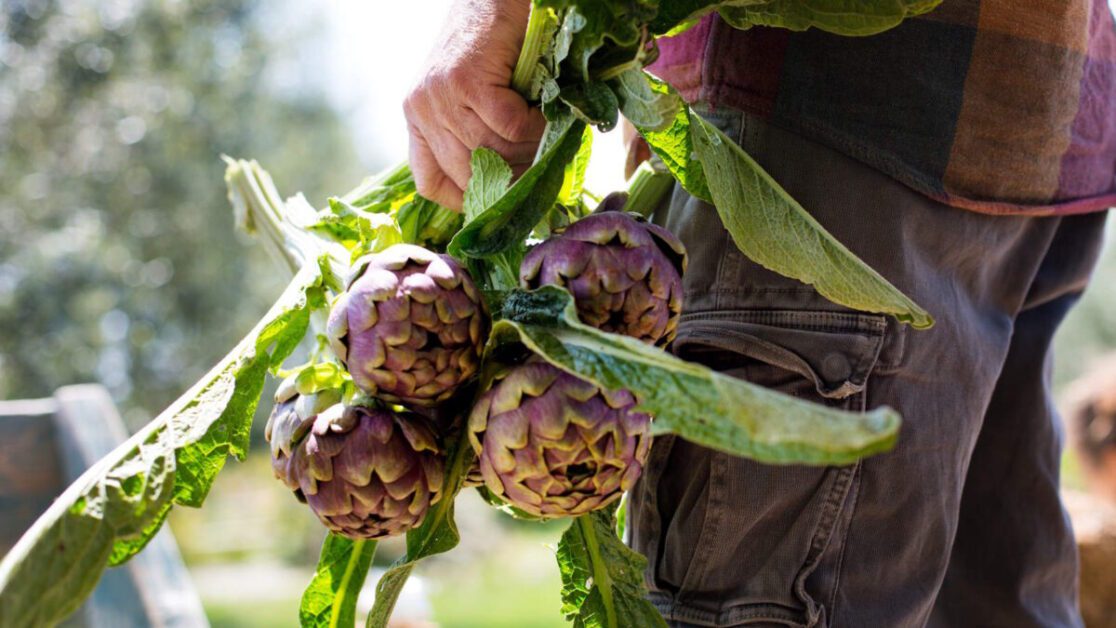
When it comes to picking artichokes, a sharp knife or pruning shears can be your best tools. Cut the stem of the artichoke at a 45-degree angle, leaving about an inch of stem attached to the bud. Be cautious not to damage any neighboring buds or foliage during the harvesting process. Once harvested, immediately place the artichokes in a basket or container to avoid bruising and dehydration. Properly storing harvested artichokes will help maintain their freshness and flavor until you are ready to enjoy them in your favorite dishes.
Storing Artichokes After Harvest
After harvesting your artichokes, it’s crucial to store them properly to maintain their freshness and flavor. Artichokes can be stored in the refrigerator for up to a week if kept in a perforated plastic bag to maintain moisture levels. Make sure to place them in the vegetable crisper drawer, where the temperature is slightly higher and more stable compared to other parts of the fridge. Additionally, you can extend the shelf life of artichokes by storing them in a bowl of water in the fridge, similar to how you would store flowers in a vase. Change the water every few days to keep it fresh and prevent the artichokes from drying out.
To freeze artichokes for longer storage, blanch them first to preserve their color, texture, and nutrients. Simply prepare an ice bath while boiling a pot of water. Submerge the trimmed artichokes in the boiling water for a couple of minutes, then transfer them to the ice bath to stop the cooking process. Once they are cooled, pat them dry and place them in a freezer-safe container or bag, removing as much air as possible before sealing. Properly frozen artichokes can last for several months, allowing you to enjoy the harvest well beyond the typical season.
Cooking and Enjoying Fresh Artichokes from Your Garden
When it comes to cooking and enjoying fresh artichokes from your garden, there are several delicious ways to savor this unique vegetable. One popular method is steaming the artichokes until tender and serving them with a side of melted butter or aioli for dipping. The tender hearts can also be added to salads, pasta dishes, or pizzas for a flavorful twist.
Another tasty option is grilling artichokes after they have been boiled to soften them. This method adds a smoky char and depth of flavor to the artichokes, making them a perfect addition to summer barbecues or as a side dish to accompany grilled meats. Experimenting with different herbs and seasonings can also enhance the taste of your grilled artichokes, so don’t be afraid to get creative in the kitchen!
Propagating Artichokes by Division or Suckers
When it comes to propagating artichokes, you have a couple of options: division or suckers. Division involves separating an established artichoke plant into smaller sections, each with its own root system, to create new plants. This method works well for mature plants with multiple crowns that can be carefully divided and transplanted. On the other hand, propagating artichokes from suckers involves allowing the plant to produce offshoots, also known as suckers, which can then be separated and replanted to grow into independent plants. Suckers are typically found around the base of the artichoke plant and can be gently removed when they have developed their own roots.
Both division and suckers offer viable ways to expand your artichoke garden and increase your yield of this delicious vegetable. By understanding the characteristics of each method and properly implementing the propagation process, you can successfully grow new artichoke plants and enjoy a bountiful harvest. Whether you choose division for precise propagation or opt for suckers for a more natural approach, propagating artichokes can be a rewarding experience that allows you to continue cultivating this unique and flavorful crop in your garden.
Overwintering Artichokes: Tips for Protecting Your Plants
As the cold winter months approach, it is essential to take the necessary steps to protect your artichoke plants and ensure their survival for the next growing season. Overwintering artichokes requires some care and attention to safeguard them from the harsh weather conditions that can be detrimental to their health. One of the key tips for protecting your artichoke plants during winter is to provide proper insulation. Mulching around the base of the plants with materials such as straw, leaves, or pine needles can help retain soil moisture and regulate the temperature, keeping the roots warm and protected from freezing temperatures.
In addition to insulation, it is crucial to prune your artichoke plants before winter sets in. Removing any dead or damaged foliage can prevent the spread of diseases and pests, as well as help the plant conserve energy during the dormant period. By cutting back the leaves and stalks to about 6 inches above the ground, you can promote new growth in the spring and maintain the health of your artichoke plants. Proper pruning practices are vital for overwintering success and can contribute to a bountiful harvest in the coming season.
Companion Planting with Artichokes for a Thriving Garden
Companion planting with artichokes can be a beneficial practice in creating a thriving garden ecosystem. When selecting companion plants to grow alongside artichokes, consider options that can enhance the overall health and vitality of your garden. Plants like basil, tarragon, and marigolds are known to repel pests that might otherwise damage artichoke plants. Additionally, incorporating nitrogen-fixing plants such as legumes can help improve soil fertility, providing essential nutrients for robust artichoke growth.
Beyond pest control and soil enrichment, companion planting with artichokes offers the opportunity to maximize space and yield in your garden. Plants like fennel and mint can attract beneficial insects that aid in pollination, leading to a higher production of artichokes. By strategically planning your garden layout and selecting complementary plant species, you can create a harmonious environment that fosters the optimal growth of artichokes and enhances the overall health of your garden ecosystem.
Here is a yable showing some of the companion plants that can be beneficial for artichoke garden:
| Companion Plant | Description | Benefits |
|---|---|---|
| Nasturtium | Colorful flowering plant with edible leaves and flowers. | Attracts beneficial insects like predatory insects and pollinators. Acts as a trap crop for aphids and other pests. |
| French Marigold | Aromatic flowering plant with pest-repelling properties. | Repels nematodes and certain insects like whiteflies. Adds color and visual appeal to the garden. |
| Basil | Aromatic herb with culinary uses. | Repels pests like aphids, whiteflies, and mosquitoes. Enhances the flavor of neighboring plants like tomatoes. |
| Catnip | Herbaceous plant with a strong scent. | Repels aphids, flea beetles, and certain caterpillars. Provides habitat for predatory insects. |
| Borage | Herb with edible leaves and star-shaped blue flowers. | Attracts pollinators like bees and bumblebees. Improves overall garden health by enriching the soil. |
Using Artichoke Leaves and Stems for Culinary and Medicinal Purposes
Artichoke leaves and stems are not only delicious additions to meals but also offer various health benefits. The leaves contain compounds like cynarin and flavonoids, known for their antioxidant properties. These antioxidants help in fighting off free radicals, reducing inflammation, and promoting overall wellness. Additionally, artichoke leaves have been used traditionally in herbal medicine to aid digestion and support liver health. The bitter components in the leaves can stimulate bile flow, which aids in the digestion of fats and supports liver function.
When it comes to culinary uses, artichoke stems can be a versatile addition to recipes. They can be thinly sliced and marinated for salads, pickled for a tangy twist, or sautéed to add a unique flavor and texture to dishes. The stems offer a slightly nutty and earthy taste that complements various ingredients, making them a valuable component in many cuisines. Don’t overlook these parts of the artichoke when preparing your meals, as they can elevate flavors and provide additional nutrients to your dishes.
Watch the video to grow your own artichoke in the garden.
Troubleshooting Common Artichoke Growing Issues
When growing artichokes, common issues may arise that can hinder the plant’s growth and yield. One frequent problem is powdery mildew, a fungal disease that appears as a white powdery substance on the leaves. To combat this issue, ensure good air circulation around the plants, avoid overhead watering, and apply fungicides if necessary. Another common concern is aphids infestation, which can lead to stunted growth and distorted leaves. To manage aphids, try using insecticidal soap or neem oil, introduce beneficial insects like ladybugs, and regularly inspect the plants for early signs of infestation.
Artichokes are also prone to root rot, especially in waterlogged soil. To prevent this, plant artichokes in well-drained soil and avoid overwatering. Additionally, nutrient deficiencies, such as nitrogen or magnesium deficiency, can manifest as yellowing leaves or slow growth. Conduct a soil test to identify any deficiencies and amend the soil with the appropriate fertilizers or nutrients to support healthy plant growth. By proactively addressing these common artichoke growing issues, you can ensure a successful harvest of these delicious and nutritious vegetables.
Why are my artichoke plants turning yellow?
Yellowing of artichoke plants can be caused by nutrient deficiencies, overwatering, or pests. Make sure to provide adequate fertilizer, water only when needed, and inspect your plants for any signs of pests.
How can I prevent my artichoke plants from getting powdery mildew?
Powdery mildew on artichoke plants can be prevented by ensuring good air circulation, avoiding overhead watering, and applying fungicides as needed. Remove any infected leaves to prevent the spread of the disease.
What should I do if my artichokes are not forming properly?
If your artichokes are not forming properly, it could be due to inadequate pollination, poor growing conditions, or a lack of nutrients. Make sure to provide proper care, including sufficient water, sunlight, and nutrients, to encourage healthy artichoke development.
How can I protect my artichoke plants from slugs and snails?
To protect your artichoke plants from slugs and snails, you can use natural deterrents such as copper tape, crushed eggshells, or beer traps. Regularly inspect your plants for any signs of slug or snail damage and take appropriate measures to control these pests.
What is the best way to support tall artichoke plants?
Tall artichoke plants may need support to prevent them from toppling over in windy conditions. You can use stakes or cages to support the plants as they grow taller. Be sure to tie the plants gently to the supports to avoid damaging the stems.

